Ramadan(Persian calendar) is a sacred month for followers of Islam religion all around the world, including Iran, Saudi Arabia, and Malaysia. In the holy month of Ramadan, Muslims abstain from eating and drinking from dawn to sunset, for 30 days. However, this month is not all about hunger and thirst. In this month people try to make everything better and stay away from guilt. In this sacred month, most of the people try to help poor people. They give food and money to charities or go to the poor neighborhoods themselves to share food with them and make life easier for some people even for one single day. The reason for fasting is not only religious; it is also for giving a break to our body and mind and also taking a look at ourselves. In Ramadan, people can take a break from their routine life and stop eating every meal and snack every hour.
After all, you may wonder if it’s possible to visit Muslim countries during Ramadan; What a traveler can have for lunch if restaurants do not serve food? Is it forbidden for tourists to drink or eat in public? (Iran travel restrictions)
Time of Ramadan 2024
You will find the answers to these common questions and also a number of travel tips regarding visiting Iran during Ramadan 2024 (Tuesday, March 12, 2024–Friday, April 9, 2024) in this post.
For Quick Access, Click on the Title You’re Looking for:
- Rituals & Practices in Ramadan | Holy Month of Fasting and Sharing
- Traveling in Ramadan month | Travel Tips for Visiting a Muslim Country
- Ramadan Sweets & Dessert to Taste in Iran | Iftar Delicious Recipes
Rituals & Practices in Ramadan | Holy Month of Fasting and Sharing
Ramadan is a time in which Muslim men and women have their breakfast before sunrise, called ”Sahari” and break this fast after sunset, which is called “Iftar” time. In the time of Sahari, before the call of prayer (Azan), people eat food and enough water to have energy for the long day of fasting. After the evening call of the prayer, when the sun goes down, people can eat. They start their Iftar with a glass of hot water, tea, and soup to prepare their body. If they eat food right away after not eating for a long time, it will damage their health and stomach. After drinking warm liquids then they can eat food. Fasting during Ramadan, as one of the pillars of Islam, is not the only prescribed good deed in the ninth month in Islamic calendar: Avoiding vain talk, lying, backbiting, slander, spreading rumors and other immoral deeds are highly asked from true believers, in the holy book of Quran too. Helping others with their problems including family and friends is considered as a virtue in this sacred month.
Fasting during Ramadan, as one of the pillars of Islam, is not the only prescribed good deed in the ninth month in Islamic calendar: Avoiding vain talk, lying, backbiting, slander, spreading rumors and other immoral deeds are highly asked from true believers, in the holy book of Quran too. Helping others with their problems including family and friends is considered as a virtue in this sacred month.
People also try to have a reunion with their families. At the time of Iftar people usually invite their families to have it together which is a nice thing to spend some time with families since people are getting busy every day and they can’t make some time for family gatherings. Ramadan and it’s fully colored table of Iftar can be a good excuse.
It is worth mentioning that on the day of Imam Hassan’s birth, most of bakeries give away free bread and some people buy bread to give to poor people. Everyone do their best as a tradition in this month of forgiveness.
Besides fasting and aiming for excellent moral character, Muslims stay awake saying special prayers and make strong promises to almighty God, some sort of life goals in another word, during three specific nights of Ramadan; which are called “Lailatul Qadr” or “Shab-e Ahia”.
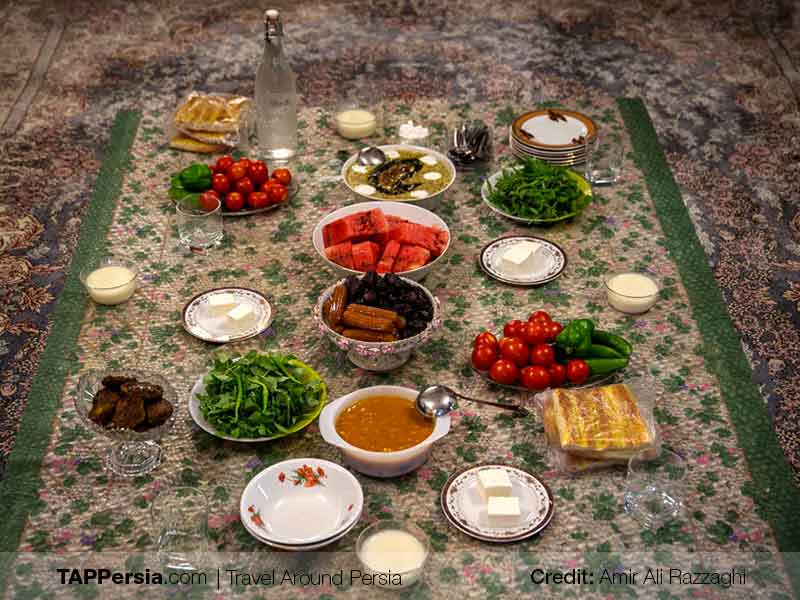
Muslims believe that on Laylatul-Qadr, The Night of Power, holy Quran was revealed to prophet Mohammad. According to Islamic tradition, Muslims who stay up on this holy night, worshiping God, will have all their sins forgiven. Furthermore, they will be granted as many good deeds as though they had worshiped continuously for one thousand months (83.3 years). They seek God for forgiveness and feel this as a single person’s new year to start it with being a good human being. On this occasion, many Muslims take their kids and family members to mosques to recite specific Surahs of Quran and ask God to have a better year ahead.
This blessing month ends in “Eid al-Fitr” by celebrating 30 days of fasting. People celebrate Fitr holiday by buying new clothes, gathering with family members and putting aside a few amounts of money to help the poor. They also go to the mosques and shrines to pray along with other Muslims to complete their religious acts of Ramadan.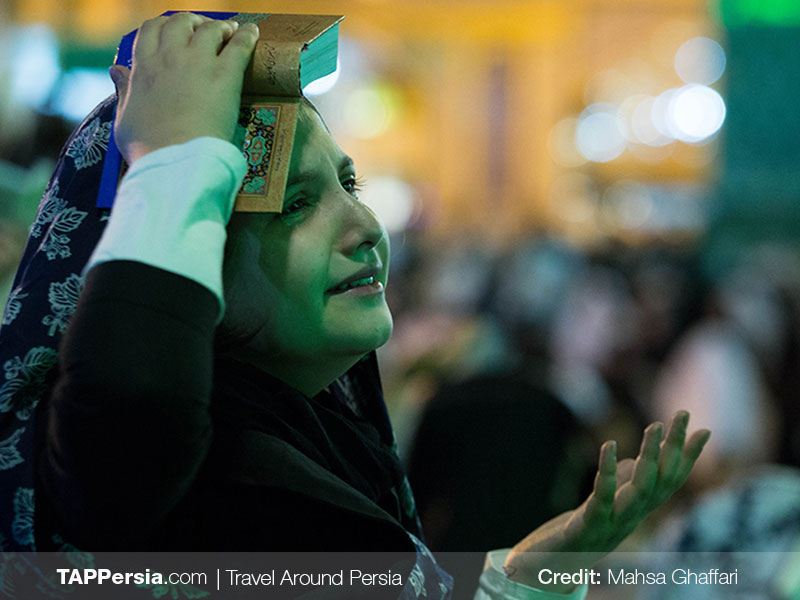
Travel Tips for visiting Iran during Ramadan 2022
- Don’t worry! You won’t stay hungry while traveling during Ramadan in Iran. However, you are supposed to respect people who fast by avoiding eating, drinking, smoking, and chewing gum on the streets and in public during the daytime. You should have in mind that eating is not allowed only in the cities and on the street. You can freely eat and drink on the roads because the religious rules say that travelers should not fast even during Ramadan.
- Most restaurants are closed during daylight but even Muslim-majority cities have such a mix of religions and ethnic groups that you can find restaurants open during the day. By asking a few people about them , you can have lunch outside. The hotel you are staying in will serve you breakfast and dinner. If you are setting your travel itinerary ahead, you can ask your tour guide to manage your meals. Finding a non-Muslim neighborhood would also work.
- Ramadan could affect your trip in several different ways. Businesses may close early or become busier than usual and you may find roads and bazaars almost abandoned. But this may also help you to enjoy visiting tourist attractions more since they are not crowded.
- For local people, starving more than 8 hours leaves them no energy. Be patient in finding an answer to your questions or negotiating for a better price. But you should know that Ramadan is based on Islamic calendar (Qamari) and it can start different time every year. So the time of fast must be longer or shorter depending on the time of the calendar.
Ramadan Sweets & Dessert to Taste in Iran
Ramadan dishes includes sweet, tasty and warm foods which will be served in the time of Iftar. As it was already mentioned they usually begin their Iftari with warm and sweet drinks such as a glass of sweet boiled water with date, saffron tea or milk. There are also traditional sweets that are served with tea which are listed below.
Zoolbia Bamieh
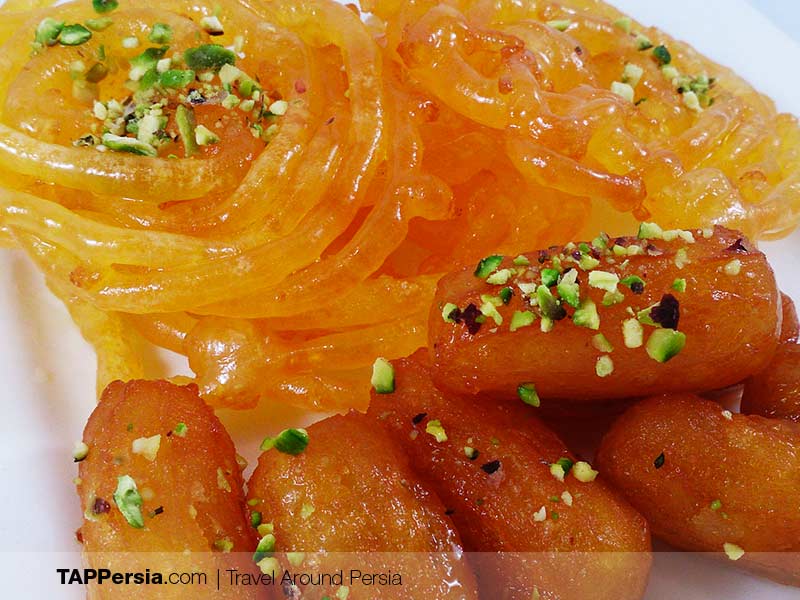
Zoolbia Bamieh is the most popular dessert during the month of Ramadan, providing a much-needed blast of sugar after a day of fasting. You will enjoy eating these fried things with a hot glass of freshly brewed Persian tea. These traditional sweets can be found in almost all cities of Iran. No matter you fastor not, everyone enjoy the taste of this heavenly sweet.
Tar Halva
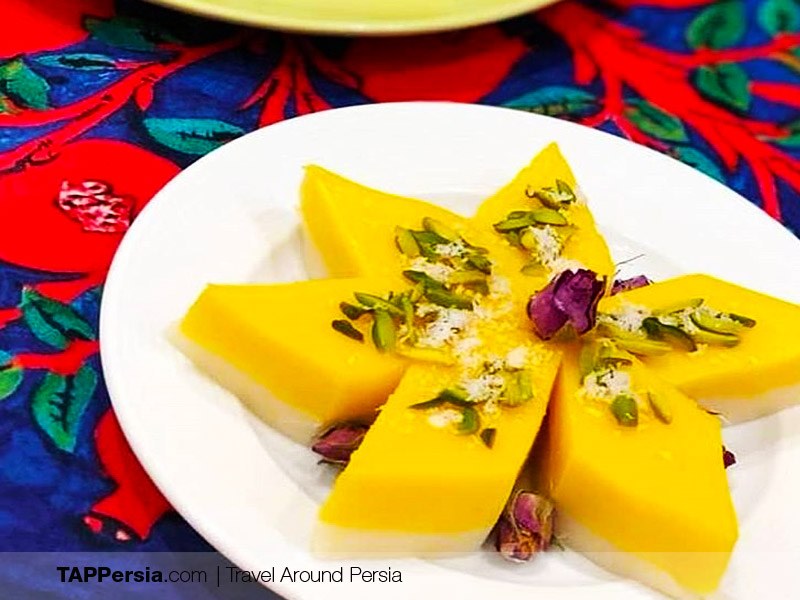 In Shiraz, the city of great poets and gardens, located in south-central Iran, the Ramadan fast is often broken with a cup of warm water, dates, egg, tea, bread, honey and cheese, and a piece of Tar Halva. Tar Halva is a diamond-shape confectionery with the delightful smell of saffron. You can close your eyes, smell the fresh Shiraz saffron and enjoy the taste of sweetness coming along with taste of saffron and ground rice with its gelish style.
In Shiraz, the city of great poets and gardens, located in south-central Iran, the Ramadan fast is often broken with a cup of warm water, dates, egg, tea, bread, honey and cheese, and a piece of Tar Halva. Tar Halva is a diamond-shape confectionery with the delightful smell of saffron. You can close your eyes, smell the fresh Shiraz saffron and enjoy the taste of sweetness coming along with taste of saffron and ground rice with its gelish style.
Sholeh Zard
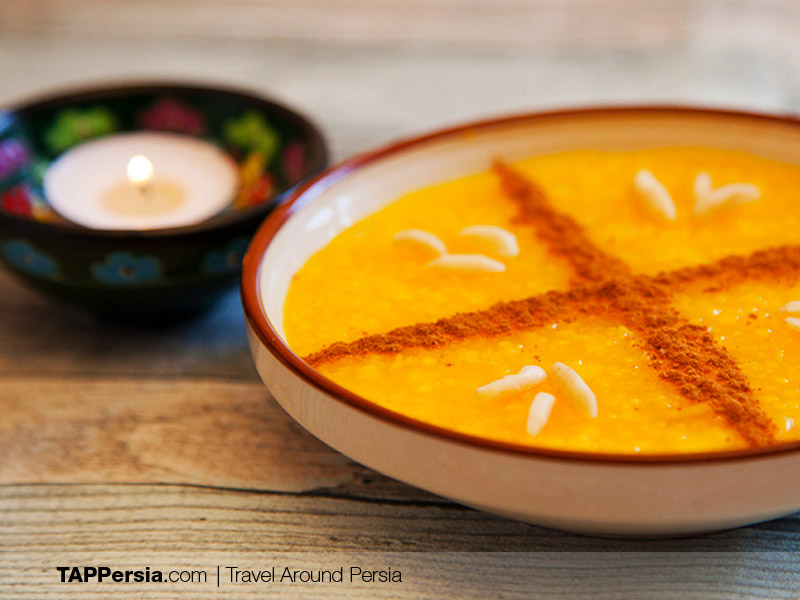 Persian Saffron Rice Pudding, known as Sholeh Zard, is rice pudding like you’ve never had before. It’s flavored with saffron, cardamom and rose water. They garnish this delicious desert with cinnamon, pistachios, almonds, and roses. Without a doubt, it is one of the most delicious sweet tastes you can ever experience.
Persian Saffron Rice Pudding, known as Sholeh Zard, is rice pudding like you’ve never had before. It’s flavored with saffron, cardamom and rose water. They garnish this delicious desert with cinnamon, pistachios, almonds, and roses. Without a doubt, it is one of the most delicious sweet tastes you can ever experience.
Shir Berenj
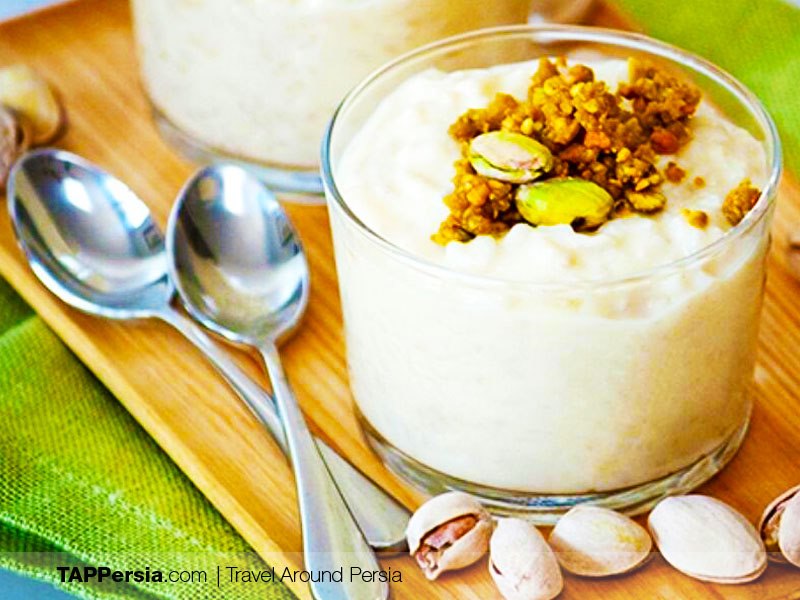 Shir Berenj (rice pudding) is one of the most popular dishes all over Iran. It can be used as both an appetizer and desert. It is somehow made like Sholeh Zard but it has milk in it and no saffron and oil and also it is not as sweet as Sholeh Zard.
Shir Berenj (rice pudding) is one of the most popular dishes all over Iran. It can be used as both an appetizer and desert. It is somehow made like Sholeh Zard but it has milk in it and no saffron and oil and also it is not as sweet as Sholeh Zard.
Reshte-Khoshkar
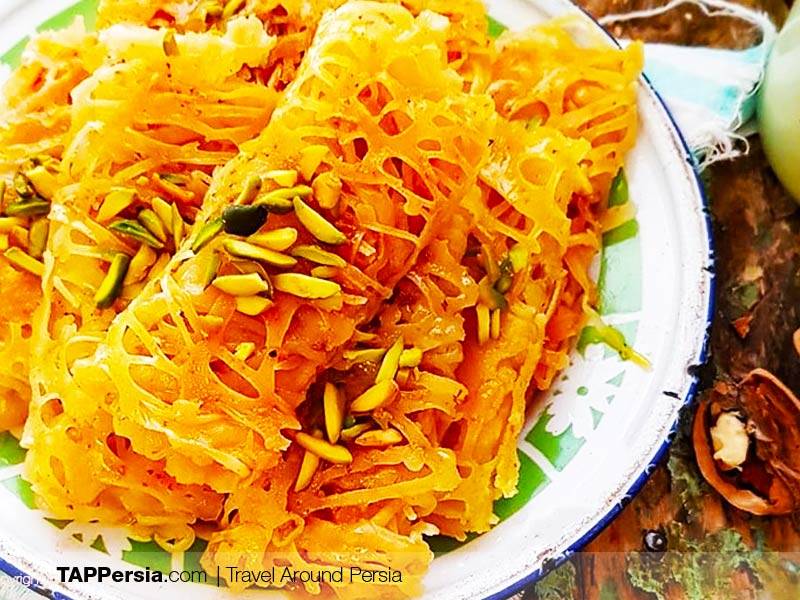
Reshte-Khoshkar is one of the many traditional sweets of Gilan, famously used for breaking the fast during Ramadan. So if you travel to Gilan province during this month, there is a good chance that you will see many places offering these sweet cookies.
Halim
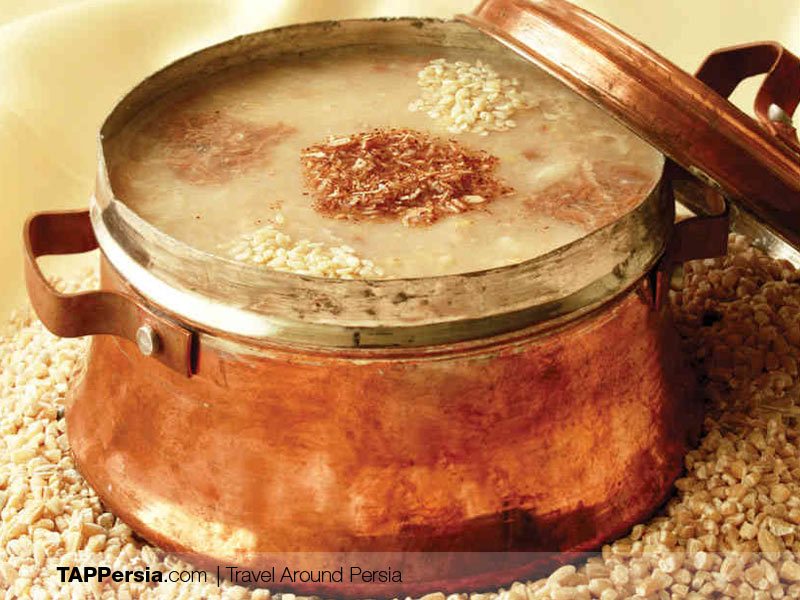 After tasting these mouthwatering desserts, the time comes to have a warm bowl of soup which is easy to digest for the stomach. Halim is a delicious, magnificent dish that provides the nutrition that a Muslim needs for the day ahead. Halim can be made from lamb, chicken or even turkey. You can eat Halim with salt or sugar, based on your taste. Halim is not only served in Ramadan. It is one of the favorable breakfasts of Iranians. With a hot bread and the smell of the Halim in the early mornings, our delightful day can start.
After tasting these mouthwatering desserts, the time comes to have a warm bowl of soup which is easy to digest for the stomach. Halim is a delicious, magnificent dish that provides the nutrition that a Muslim needs for the day ahead. Halim can be made from lamb, chicken or even turkey. You can eat Halim with salt or sugar, based on your taste. Halim is not only served in Ramadan. It is one of the favorable breakfasts of Iranians. With a hot bread and the smell of the Halim in the early mornings, our delightful day can start.
Naming the traditional foods served in Ramadan in all the cities of Iran takes a whole article to talk about, but it is worth mentioning that Khoresht Mast, Halim Bademjan, Ashe-Reshteh, and Shole-Qalamkar are the traditional Persian foods served in the spectacular city of Isfahan.
Ramadan is a sacred month for Muslims and even if they don’t fast, they try be a good person and a human being. So, don’t believe the things you might hear about Ramadan, come and see yourself that how beautiful and wondering these traditions are. It may seem a bit hard to follow some social or religious norms for a few days but visiting countries where Ramadan is celebrated is a rare opportunity of experiencing local communities, traditions, and beliefs that few people may find in their lives.


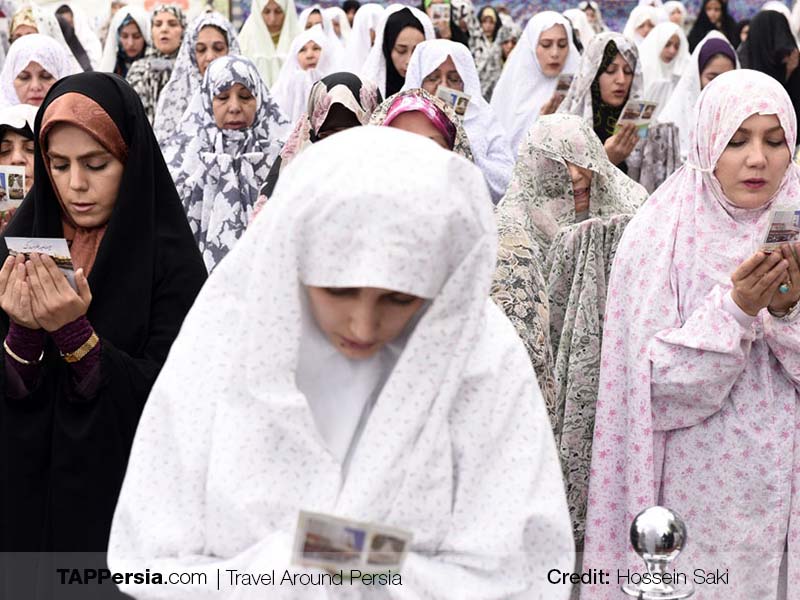
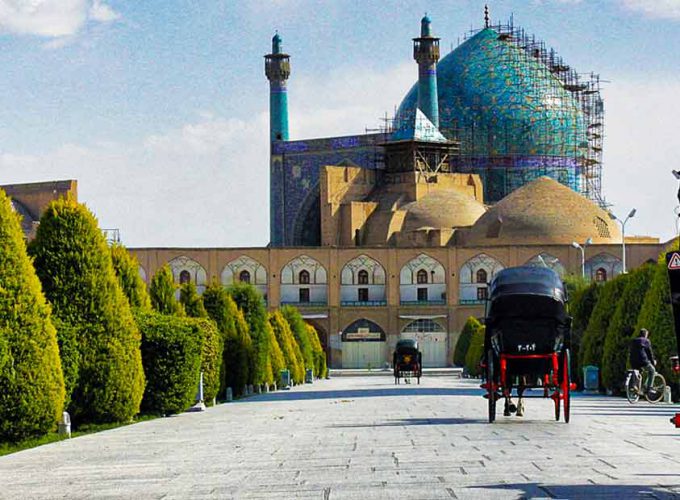
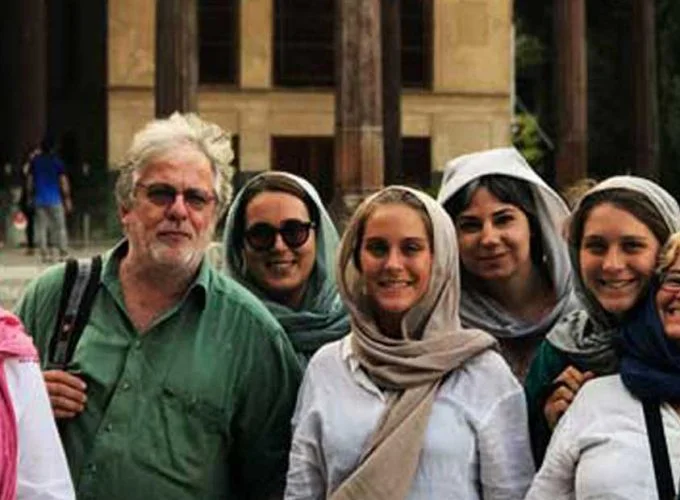
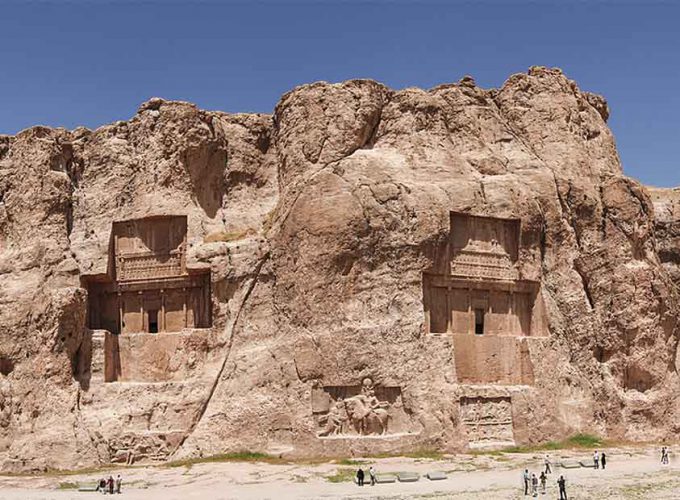
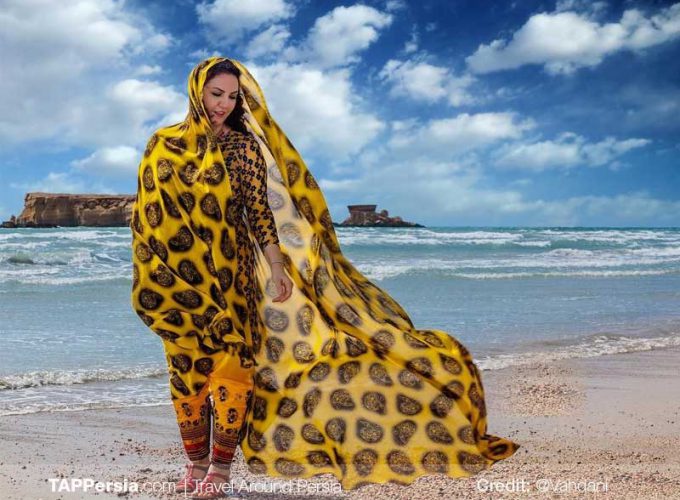
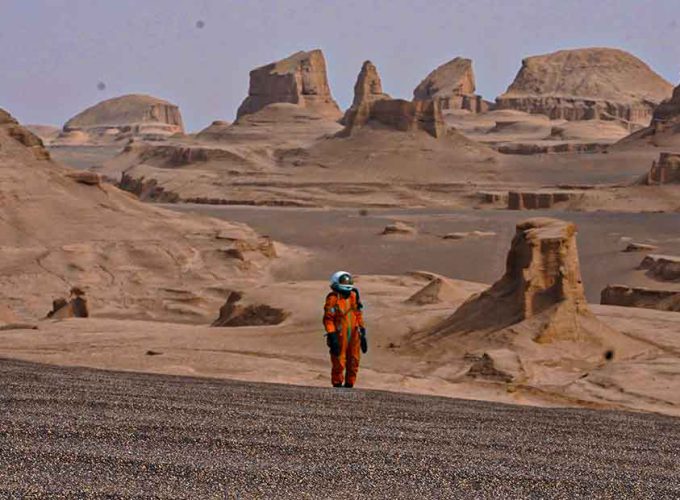
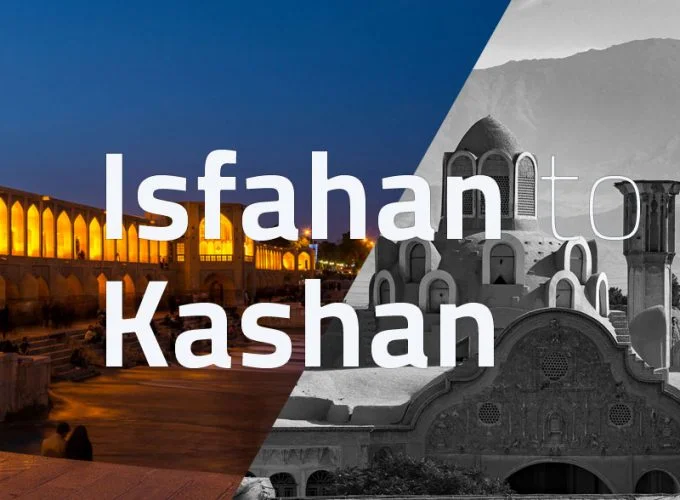


Comment (0)